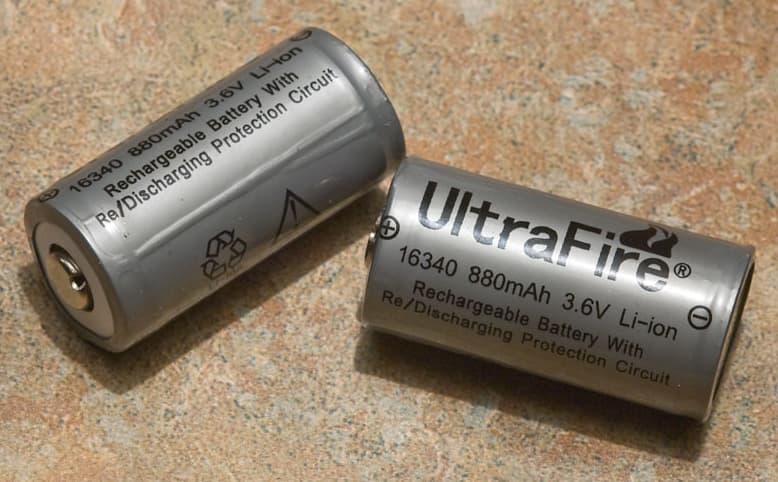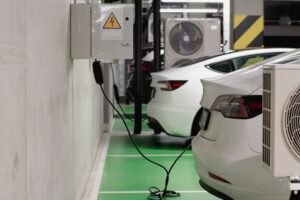The quiet giants of the modern age, lithium-ion batteries have become the heartbeat of our digital world. From powering smartphones in our pockets to energizing the electric vehicles on our roads, these remarkable devices are silently driving a technological revolution that touches every aspect of contemporary life. As we stand on the brink of a sustainable energy future, understanding these power pioneers becomes more crucial than ever.
The Remarkable Journey from Lab to Global Domination
The journey of lithium-ion batteries represents one of the most impactful technological developments of the past half-century. What began in Exxon’s laboratories with Whittingham’s groundbreaking research in the 1970s transformed into a global industry through successive innovations. The crucial breakthrough came with Goodenough’s development of lithium cobalt oxide in 1980, establishing the foundation for modern battery architecture. Yoshino’s subsequent work led to the first practical prototype in 1985, culminating in Sony’s historic commercial launch in 1991.
The Birth of a Power Revolution
These developments marked more than just technical achievements – they initiated a fundamental shift in portable electronics capabilities. The technology’s rapid adoption sparked a revolution in consumer electronics, eventually expanding into electric vehicles and grid storage applications. Today’s market success stems directly from these pioneering efforts, which overcame significant technical challenges to create increasingly efficient and reliable energy storage solutions.
The Inner Workings of Li-ion Technology
Modern lithium-ion cells represent a masterpiece of materials engineering. The typical cell architecture employs graphite anodes that house lithium ions during charging, working in concert with advanced cathode materials like nickel-manganese-cobalt (NMC) compounds. These components operate within a carefully designed electrolyte system that enables ion transport while maintaining stability. A sophisticated separator membrane ensures safety while allowing necessary ionic movements.
The Elegant Symphony of Energy Storage
The interaction between these components creates a remarkably efficient energy storage system. During charging, lithium ions move from the cathode through the electrolyte and embed themselves in the anode’s structure. This process reverses during discharge, generating electrical current for external use. The system’s efficiency stems from lithium’s unique chemical properties and the optimized structure of modern cell components.
Breaking Performance Barriers
Contemporary lithium-ion batteries deliver impressive performance metrics that continue to improve through ongoing research and development. Energy densities now regularly exceed 250 watt-hours per kilogram, with some advanced formulations pushing beyond 300 Wh/kg. Operating voltages typically center around 3.7 volts per cell, providing an optimal balance between performance and longevity.
From Pocket Power to Grid Giants
The versatility of lithium-ion technology has enabled its adoption across an unprecedented range of applications. In consumer electronics, these batteries have enabled the development of increasingly powerful and compact devices. Smartphones have grown more capable while maintaining reasonable battery life, while laptops have become thinner and lighter without sacrificing performance.
Revolutionizing Transportation
The electric vehicle sector perhaps best exemplifies the technology’s transformative potential. Modern EVs utilize sophisticated battery packs containing thousands of cells, managed by advanced thermal and electronic systems. These packs deliver ranges exceeding 300 miles in premium vehicles, with fast-charging capabilities that can add significant range in under 30 minutes.
Stabilizing Our Energy Future
Grid storage represents another frontier where lithium-ion technology proves invaluable. Large-scale battery installations now play crucial roles in grid stabilization and renewable energy integration. These systems can store excess solar and wind power for use during peak demand periods, helping to balance grid loads and reduce reliance on fossil fuel-based peaking plants.
Innovation and Sustainability Converge
The future of lithium-ion technology continues to evolve through various promising developments. Solid-state batteries represent one exciting frontier, promising higher energy densities and enhanced safety through the elimination of liquid electrolytes. Silicon-based anodes and advanced cathode materials are also under development, potentially offering significant performance improvements.
AI Meets Energy Storage
Artificial intelligence and machine learning are increasingly integrated into battery management systems, optimizing performance and predicting maintenance needs. These smart-systems extend battery life while enhancing safety, representing a crucial advancement for large-scale applications.
Green Power, Clean Future
Environmental considerations have become central to battery development and deployment. Recycling programs are expanding rapidly, with new processes capable of recovering critical materials for reuse. Manufacturers are also focusing on reducing the environmental impact of production, implementing cleaner processes and exploring more sustainable material sources.
The Continuing Li-ion Revolution
The evolution of lithium-ion battery technology represents one of the most significant technological achievements of our time. From its humble beginnings in research laboratories to its current status as a cornerstone of modern energy storage, Li-ion technology continues to push the boundaries of what’s possible in portable and stationary power applications.
As global energy demands grow and environmental concerns mount, the role of lithium-ion batteries becomes increasingly crucial.
The technology’s continued advancement, marked by improvements in energy density, charging capabilities, and sustainability, positions it as a key enabler of the green energy transition. While challenges remain, particularly in areas of resource sustainability and recycling, ongoing innovations in materials science and manufacturing processes suggest a bright future for this versatile technology.
The next decade will likely bring even more dramatic improvements, potentially revolutionizing everything from electric vehicles to grid storage systems. As costs continue to decline and performance metrics improve, lithium-ion batteries will remain at the forefront of the global push toward a more sustainable and electrified future.



